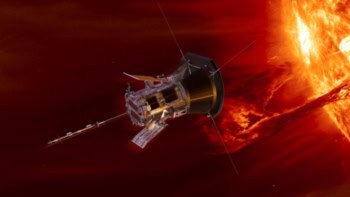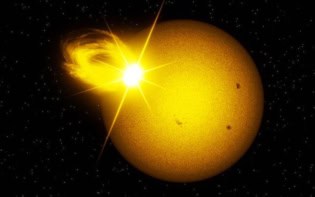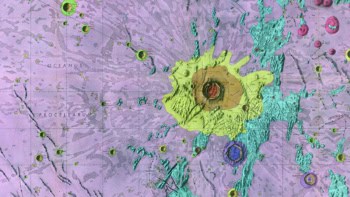
Engineers have successfully integrated key parts of NASA’s $4bn Nancy Grace Roman Space Telescope marking a significant step towards completion. The space agency has announced that the mission’s payload, which includes the telescope, two instruments and the instrument carrier, has been combined with the spacecraft that will deliver the observatory to its place in space at Lagrangian point L2.
The Roman telescope, which was previously named the Wide-Field Infrared Survey Telescope, was given top priority among large space-based missions in the 2010 US National Academy of Science Decadal Survey.
Since then, however, the telescope has had a difficult existence. In Donald Trump’s first term as US president it was twice given zero funding only for US Congress to reinstate its budget.
Roman will be the most stable large telescope ever built, at least 10 times more so than NASA’s James Webb Space Telescope.

The telescope’s primary instrument is the Wide Field Instrument, a 300-megapixel infrared camera that will give it a deep, panoramic view of the universe. This will be used to study exoplanets, stars, galaxies and black holes with Roman able to image large areas of the sky 1000 times faster than Hubble with the same sharp, sensitive image quality.
The next steps for the telescope involve installing its solar panels, aperture cover – that shields the telescope from unwanted light – as well as a “outer barrel assembly” that serves as the telescope’s exoskeleton. The Roman mission should be complete next year with a launch before May 2027.
“With this incredible milestone, Roman remains on track for launch, and we’re a big step closer to unveiling the cosmos as never before,” notes Mark Clampin, acting deputy associate administrator for the Science Mission Directorate at NASA.



